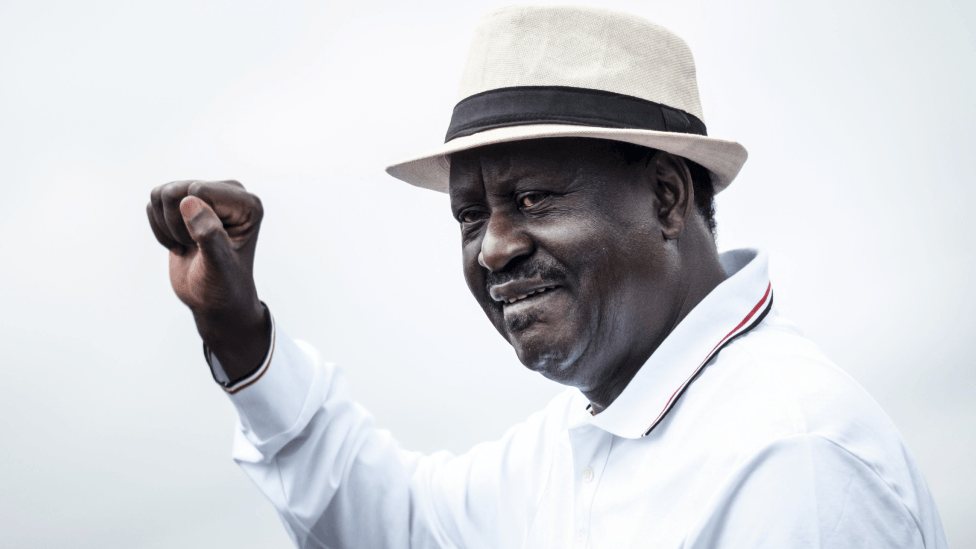Overdressing babies, which refers to the practice of dressing a baby in clothing that is too warm or has too many layers, can increase the risk of heatstroke, particularly during warmer months.
This is a common practice among parents, who may have the best intentions in keeping their little ones warm and cosy.
However, this practice can be particularly prevalent in countries such as Kenya, where parents may overdress their babies at night when putting them to sleep because of decreased temperatures at night.
Nighttime temperatures can be cool, and parents may worry that their babies will get cold.
As a result, they may dress their babies in heavy clothing and use thick blankets to keep them warm.
However, this can lead to overheating, particularly if the baby's room is not well-ventilated.
Additionally, some parents may use traditional clothing which is not designed for babies, that further increase the risk of overheating.
How to check whether your baby is overdressed
As a parent, it is natural to want to protect your baby from the cold.
However, overdressing your baby can lead to overheating which can be dangerous.
According to a study published in the Journal of Pediatrics, signs that your baby is overheated and possibly overdressed include sweating, flushed cheeks, rapid breathing, and restlessness.
In addition, if your baby's skin is hot to the touch, they may be overheated and it is also important to keep in mind that babies should be dressed in one more layer than adults would wear in the same temperature.
Another way to check if your baby is overdressed is to feel the back of their neck.
It should feel cool and dry. If it is sweaty, then it is a sign that your baby is too warm.
It is also important to remember that newborns are particularly sensitive to temperature changes, so it is better to be on the side of caution and dress them in fewer layers.
As a parent, it can be challenging to know exactly how to dress your baby, but by paying attention to these signs, you can ensure that your baby is comfortable and safe.
Health effects of overdressing your babies
Overdressing babies can have several serious health effects, and parents need to be aware of the risks.
One of the most concerning effects of overdressing is an increased risk of sudden infant death syndrome (SIDS).
According to the World Health Organization, overheating is a risk factor for SIDS, which is the unexplained death of a seemingly healthy baby under the age of one.
In addition to SIDS, overheating can also lead to dehydration, heat rash, and exhaustion in infants.
Research has shown that overheating can have long-term effects on a baby's health as well.
A study published in the Journal Pediatrics found that babies who were overdressed had an increased risk of hyperthermia, which can cause seizures, brain damage, and even death.
In addition to the risk of hyperthermia, overheating can also increase a baby's risk of developing respiratory infections and skin infections.
The American Academy of Pediatrics warns that babies who are overdressed are more likely to develop fungal infections like thrush and diaper rash.
Solutions to overheating
To prevent the negative health effects of overdressing, parents need to be aware of their baby's environment and dress them accordingly.
Parents should also choose lightweight, loose-fitting clothing and avoid blankets that are too heavy or thick.
By following these guidelines and being mindful of their baby's temperature and comfort, parents can help ensure that their baby stays healthy and safe.
Parents need to be mindful of their baby's clothing and the risks associated with overdressing.
The American Academy of Pediatrics recommends that parents dress their babies in no more than one extra layer than they would wear themselves.
This means that, in warmer weather, a light cotton onesie may be all that is needed to keep a baby comfortable.
In cooler weather, parents can use lightweight blankets or sleep sacks to keep their babies warm without the risk of overheating.












